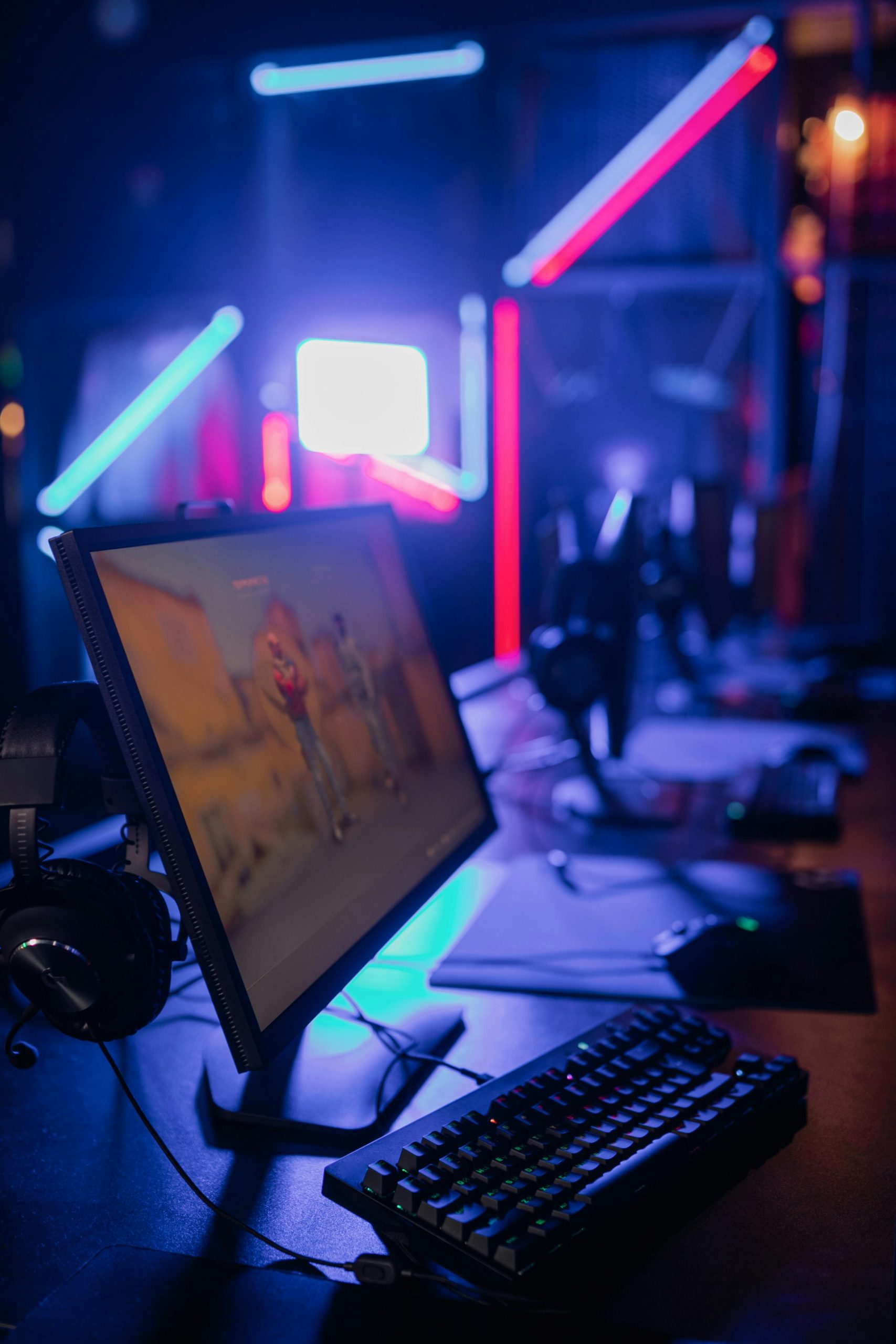Understanding and Resolving the “Blackout” Boot Issue on Your PC: A Comprehensive Guide
In the realm of PC building and maintenance, encountering hardware startup problems can be both frustrating and perplexing. Recently, I faced a particularly stubborn issue often described as a “blackout” during startup — where the system fails to display anything, and peripherals show no reaction. After a week of troubleshooting and research, I finally identified and resolved the problem. This article provides a detailed account of the issue, the diagnostic process, and the solution approach—aimed at helping others who might face similar challenges.
The Issue at a Glance
The system exhibited the following symptoms:
– Fans (CPU, case, GPU) initiating rotation at low to medium speeds for approximately 5–20 seconds, then slowing or stopping.
– Ethernet port blinking briefly in orange, then repeating the cycle — no POST or display output.
– No signal from both DisplayPort and HDMI outputs on the dedicated GPU (with integrated graphics disabled).
– Keyboard LEDs remained off, even when Num Lock was activated; wired gaming mouse also remained unresponsive.
– Internal SSDs and USB drives showed minimal activity; only short blinks when connected.
Despite multiple attempts, including disconnecting drives, resetting BIOS, and reseating components, the problem persisted. The situation was compounded by hardware uncertainty — including the age and condition of components such as RAM and power supply.
Initial Troubleshooting Strategies
Common initial steps included:
– Clearing CMOS memory by removing the battery and performing a CMOS reset.
– Attempting BIOS flashing to revert or update firmware.
– Disconnecting all peripherals and drives to isolate potential conflicts.
– Testing with alternative hardware components, such as different RAM sticks and power supplies, when available.
However, these measures did not resolve the issue immediately.
Diagnosing Hardware Components
Given the uncertainty around component health, especially since the system hardware was procured less than six months prior and has seen minimal use, the idea was to methodically test individual components:
- Power Supply (PSU): Using a multimeter, measure voltages on the 12V, 5V, and 3.3V rails to ensure stability. You can perform these tests by sourcing the PSU’s power connectors and verifying voltage levels according to standard specifications.
- Memory (RAM): Recognize that a faulty RAM module can cause boot failures. Testing with known-good sticks or using minimal RAM configurations might help identify issues.
- **CPU
Share this content:

